We pedal in a world dominated by Shimano, Look and Speedplay but is that anyway to go through life on a bike?
The Time Xpresso 6 pedals ($175) bring a French spin. They’re distinctively styled, they work in an un-Shimano manner and they perform in a unique way.
First, they use what Time calls iClic. That’s not the spring load Shimano style but is similar to what Look is up to with their Keo Blade pedals. What you notice instantly is that the Expresso 6 pedals are the easiest pedals to clink in and out of that you’ve ever experienced. If I had to put a number on it, I’d say twice as easy, if not more.
This ease of entry is the difference between a closed spring mechanism and what Time would call a “pre-opened” system. Basically you push into a spring to force it open but the carbon blade that works the clip on the XPresso is already partly open. That keeps the rear gate super easy to click into and when you click out, it remains half open.
When I switched from my Keo Max pedals, I couldn’t believe how little effort the Xpresso 6 required. At first, I was actually worried I wasn’t firmly clipped in and that I’d slip out with any hard, out-of-the-saddle effort. But nope, I’m just as secure as with the Keo Maxs. And that, in a nutshell, is the raison d’être for the Xpresso pedals. In and out, they’re awesome.
A a rider who is 6’4″ and 200 pounds, I always look for a wider platform for my pedals. The Expresso fits the bill here. It measures out at 700mm on the body which makes my shoe and pedal connected and happy together. You’d think that larger form factor would add weight but the Xpresso 6 tips the scale at 102 grams each. Go with the more expensive Xpresso 15 and you slash weight to 66.5g per pedal.
With the 6 version of the Xpresso you get a hollow steel axle, composite body and stainless steel wear plate. As is always the case, upgrade and the price goes up; dip down to the entry level Expresso 2 and you lose the wear plate and gain ounces.
Your angular float is plus and minus 5 degrees, adjusted via a small screw on the pedal body. (Not well marked, have to say.) There’s also 2.5mm (5mm total) of lateral movement side to side. The pre-set release angle is 15mm so chances are you won’t ever pop out of the pedal unless you do something crazy. Thanks to TIME’s Feeling Adjustment, you have three angular float resistance settings. Interestingly, I couldn’t find a single how-to video on the web that showed how to do that adjustment. Help, anyone?
A word on Xpresso styling: The sharp-edged shape is not as compact or minimalist as other pedal designs. There’s actually a Star Wars battlecruiser design vibe to the Xpresso, which may or may not thrill you. Also the 6 comes in white and fluro yellow but no basic black or silver.
That brings us to the subject of cleat wear. Some reviewers have stated that the plastic Time cleats get beat up quickly, especially the front toe section. I’ve ridden the Expresso 6 pedals for three months and they’re still in good shape. Now before I had the Keo Max pedals, I had an older Time pedal and those cleats did tend to get chewed up. That said, I also didn’t notice any big drop in performance when they did. My habit was to not replace those old Time cleats until the toe was destroyed. So I’m not concerned about the durability of the Expresso 6 cleats.
Overall, I’ve been super happy with the Time Expresso pedals. Definitely worth a look if you want to escape the world of Shimano and prefer a pedal that’s extremely easy to click in and out of.
Pros: effortless entry and exit, super light weight, wide platform, fair amount of adjustability, Frenchy vibe.
Cons: Styling may put off some people

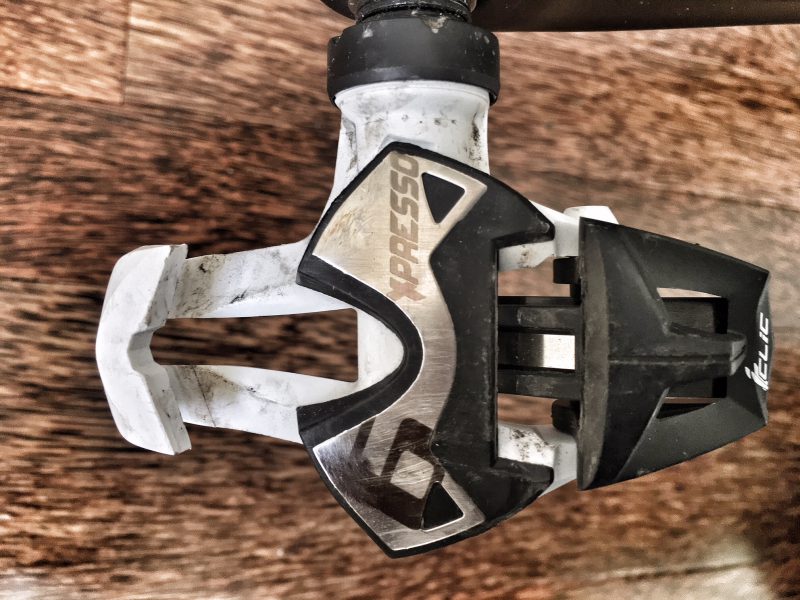
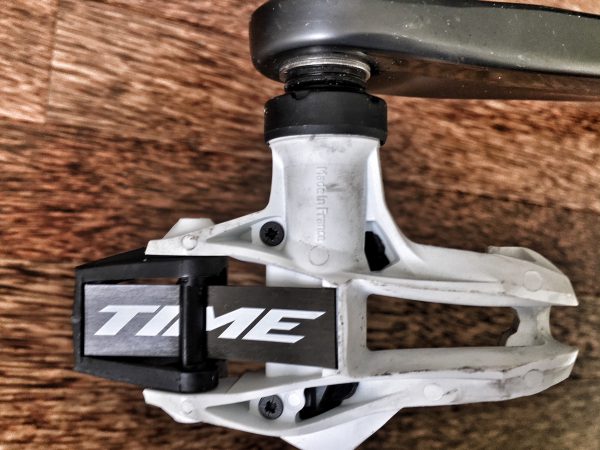
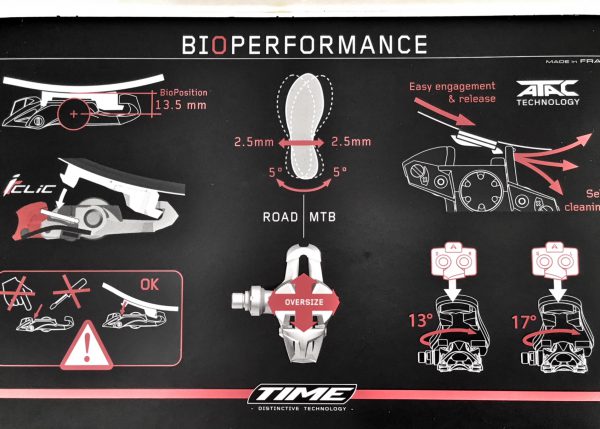
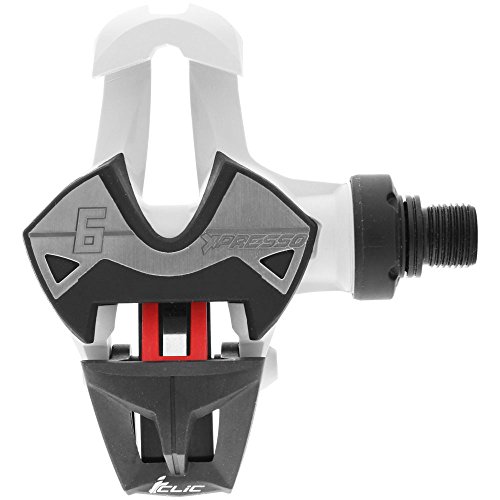
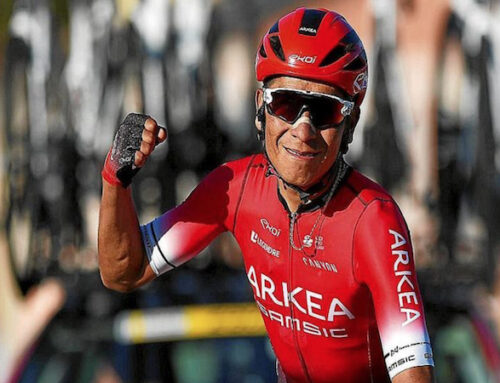

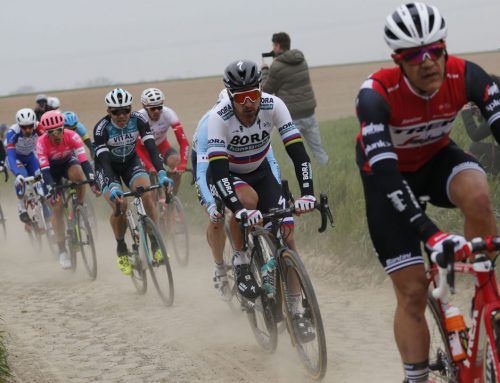


Leave A Comment